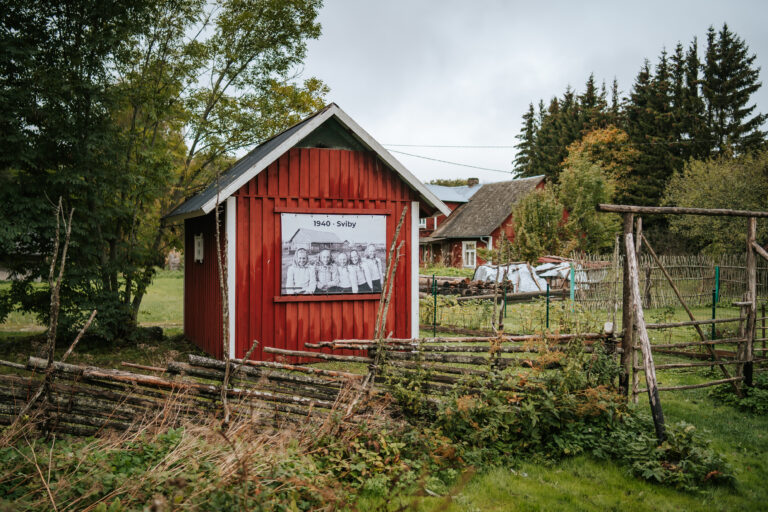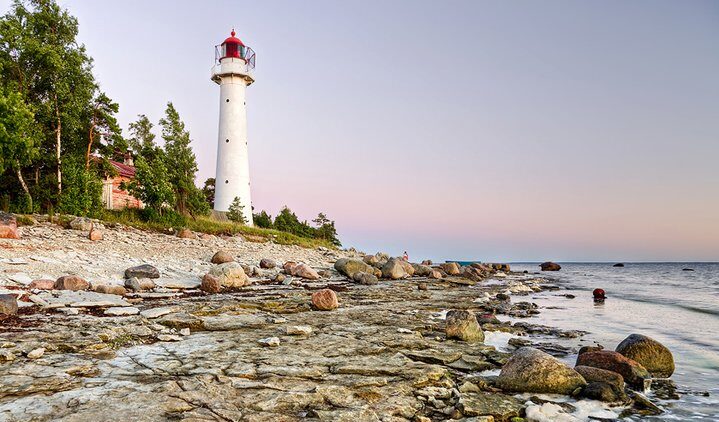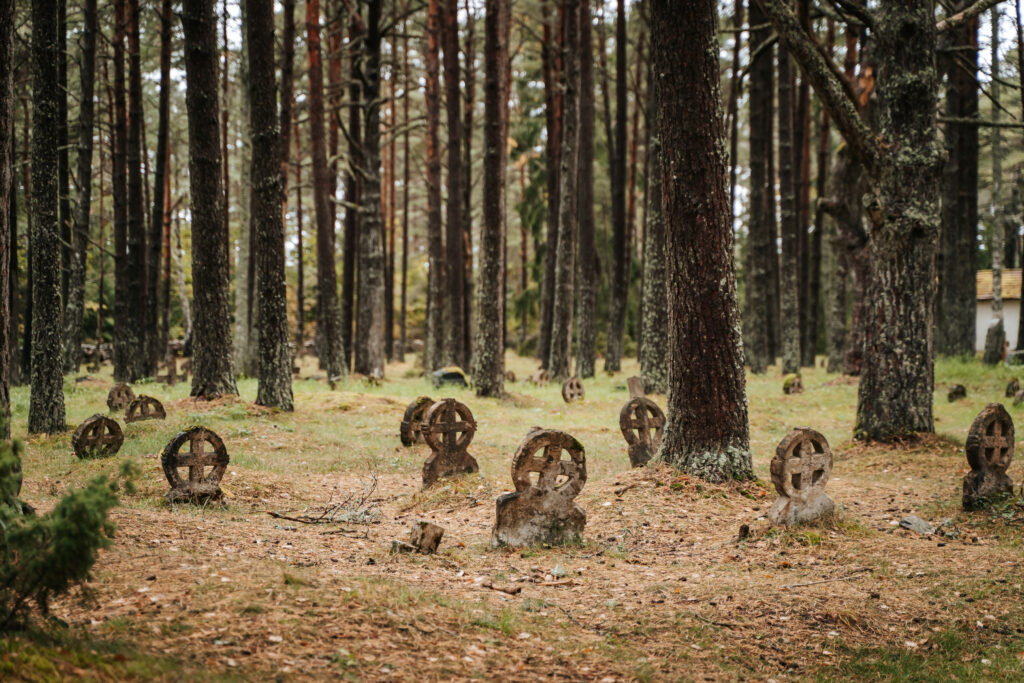Vormsi
Longing for unspoilt nature and peace? Then Vormsi is the perfect destination for you.
The real natural beauty of the coastal Swedish areas is just a three-quarter hour boat ride from the port of Rohuküla near Haapsalu. You can get around Vormsi by bus and car, but for the best views, take a bike ride. You can hire a bike from Sviby harbour.
Vormsi, known in Swedish as Ormsö, is the fourth largest island in Estonia. Legend has it that it was originally named after the Icelandic Viking Orm, whose name means ‘snake’; another legend, attributed to St. Olaf, claims that it refers to an infamous pirate of the same name. In any case, the island was first mentioned in writing in 1391.
Until 1944, the inhabitants of Vorms were coastal Swedes, whose ancestors probably arrived on the island in the 13th-14th century from southern Finland and eastern Sweden. Coastal Swedes left to Sweden during World War II.

The symbols of Vormsi are the 14th century St. Olaf’s church; the adjacent graveyard (which has the world’s largest collection of limestone and sandstone circular crosses – more than 330 in total); the romantic, juniper-studded Rumpo peninsula; and the Swedish place names it still bears. Exploring its village roads you’ll come across traditional farm architecture, the pebbly beach in Saxby and a number of mysterious lakes and springs.

